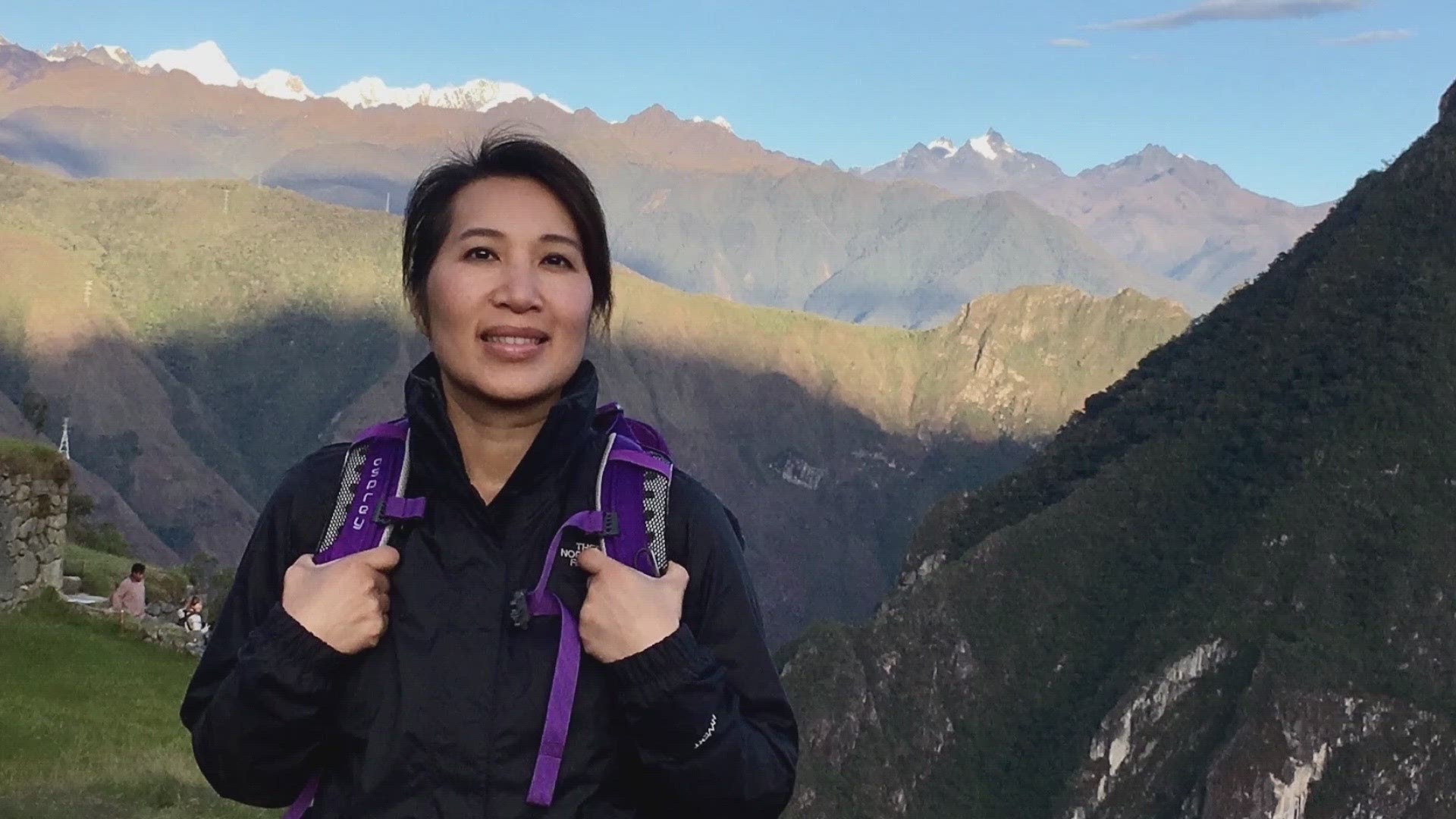SEATTLE — The ability to express our many emotions on our faces is something we might take for granted. It is something humans do every second of every minute of our lives. But certain medical conditions can impact the facial nerves that allow us to emote. Such conditions can, in some cases, paralyze the face.
It happened to a Renton woman, who shared her story with KING 5 about a surgery that brought her hope and the ability to smile again.
"I have a long history of cholesteatoma, which is the infection of my ear," said Kim Rossman.
Rossman is a mother of three children and a longtime pharmacist based in the Seattle area. She said those ear infections began to affect a nerve in 2022.
"When the nerve was on its last nerve, I was at home, and I noticed that my face just sagged. And immediately I thought, oh my gosh, I have a stroke," Rossman said.
The entire left side of her face was frozen.
"I slowly could not move my eyebrow. I brushed my teeth and all of a sudden, I was rinsing and all of the water was dribbling out of my mouth. I couldn't figure out, what was going on," said Rossman.
A checkup with her doctor confirmed Rossman did not experience a stroke.
"She did an evaluation. She said no, you don't have a stroke, it's that last nerve that finally just snapped. It was no longer viable," Rossman said.
For weeks, Rossman and her doctors monitored her symptoms but the paralysis persisted. Rossman got connected with Dr. Prabhat Bhama, a facial plastic and reconstructive surgeon at Providence Medical Group in Everett.
"This patient has facial paralysis, which can happen due to any number of things, and in her case, it was a cyst in her ear that damaged her facial nerve," said Bhama, who also serves as medical director of Providence's Center for Facial Paralysis.
Bhama explained facial paralysis can be caused by several factors, including stroke, facial trauma gunshots or lacerations, Ramsay Hunt syndrome, and Bell's Palsy, which can be triggered by a viral infection.
But Rossman's case was rare and unexpected.
"If this had been going on for years and years before, but this was kind of sudden. And it was hard to accept that. I couldn't accept that this was happening to me," Rossman said.
But Rossman had hope. Bhama's operation on Rossman included several procedures, including a facial nerve transfer, a nasal valve procedure, an eyelid weight placement, and augmentation of the lower lip.
"We transferred that nerve to the end branches of the facial nerve and that over a few months provided nerve input into the muscles of facial expression," Bhama said.
The results were striking. Months after recovering, Rossman remained even more hopeful during a check-up with Bhama.
"Sure enough at the six-month mark, he said 'smile,' and I said 'Oh my gosh.' I just cried knowing I could smile again," Rossman said.
"It's one of the most rewarding things I do, because I get to see somebody who has some element of function and talking to people and communicating, and users smiling at people, and then they lose that function, and then they gain it back. And for me that's incredibly rewarding," Bhama said.
Rossman said she will never take smiling for granted and wants to remind other patients experiencing facial nerve damage to have hope.
"I told my family if I could smile again, I would do it more often to strangers, to whatever you know what. We're all beautiful inside and whatever we project, hug, kiss, just a smile, it can be just a gesture," Rossman said.
For more information on the Center for Facial Paralysis at Providence, visit providence.org.

